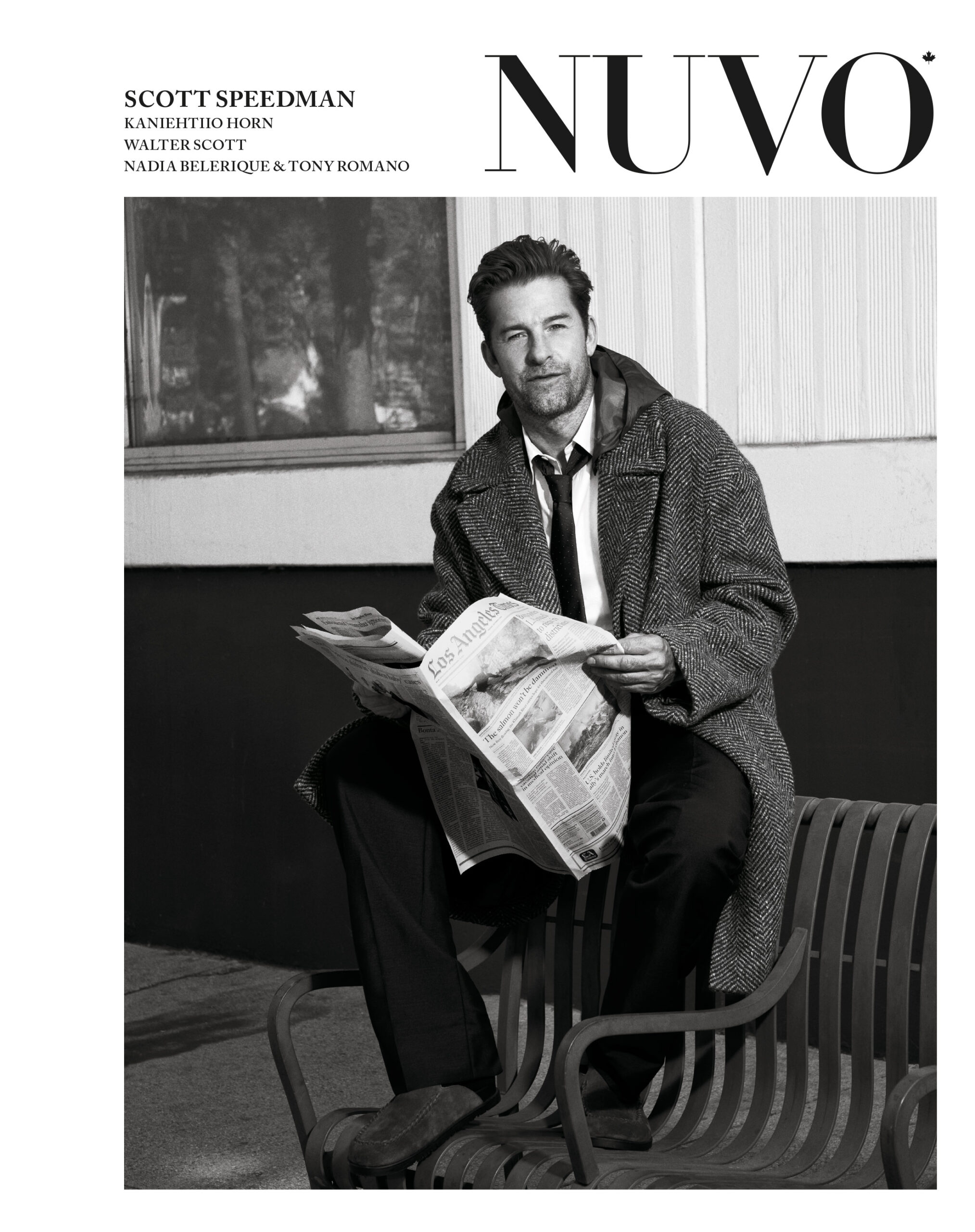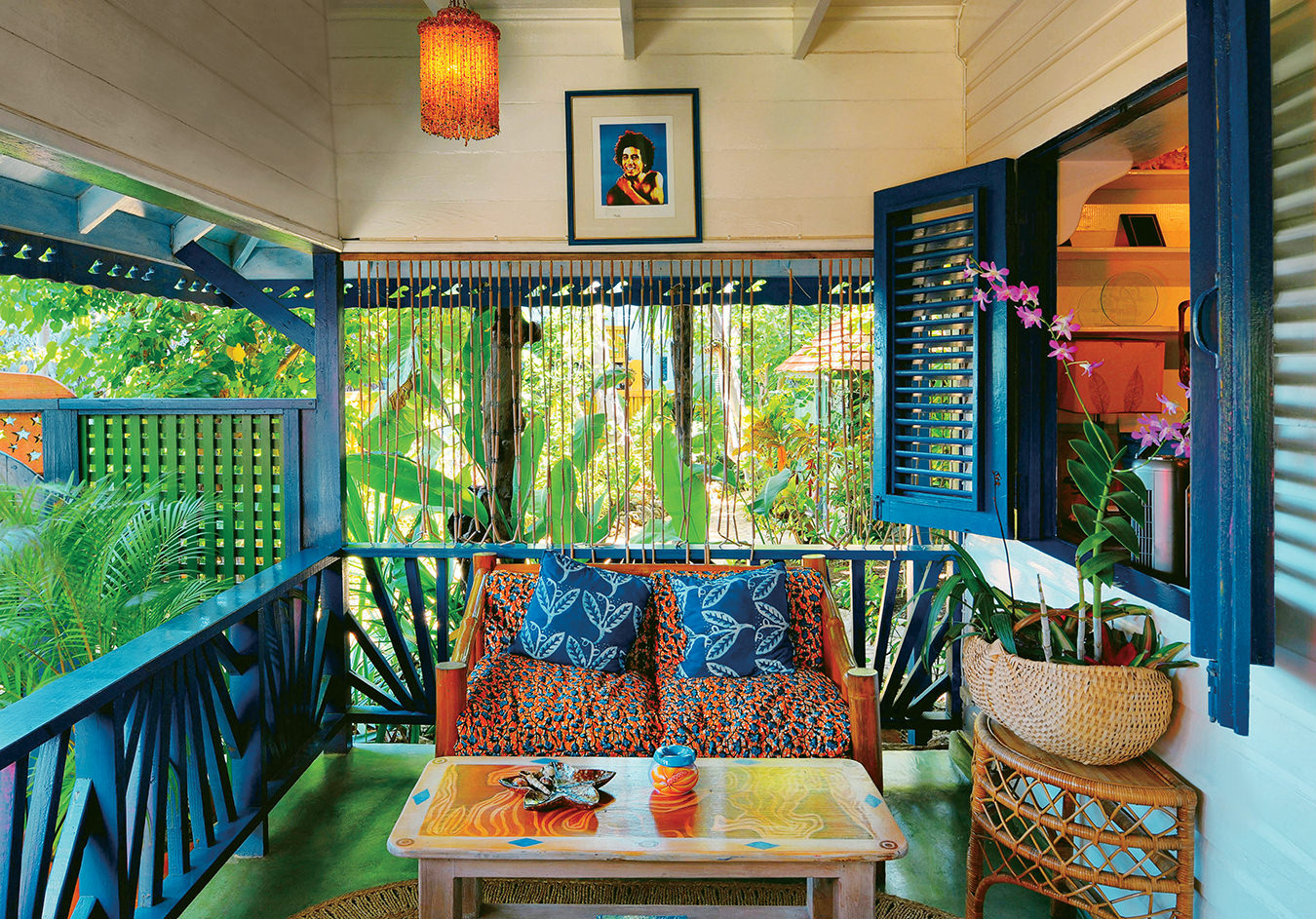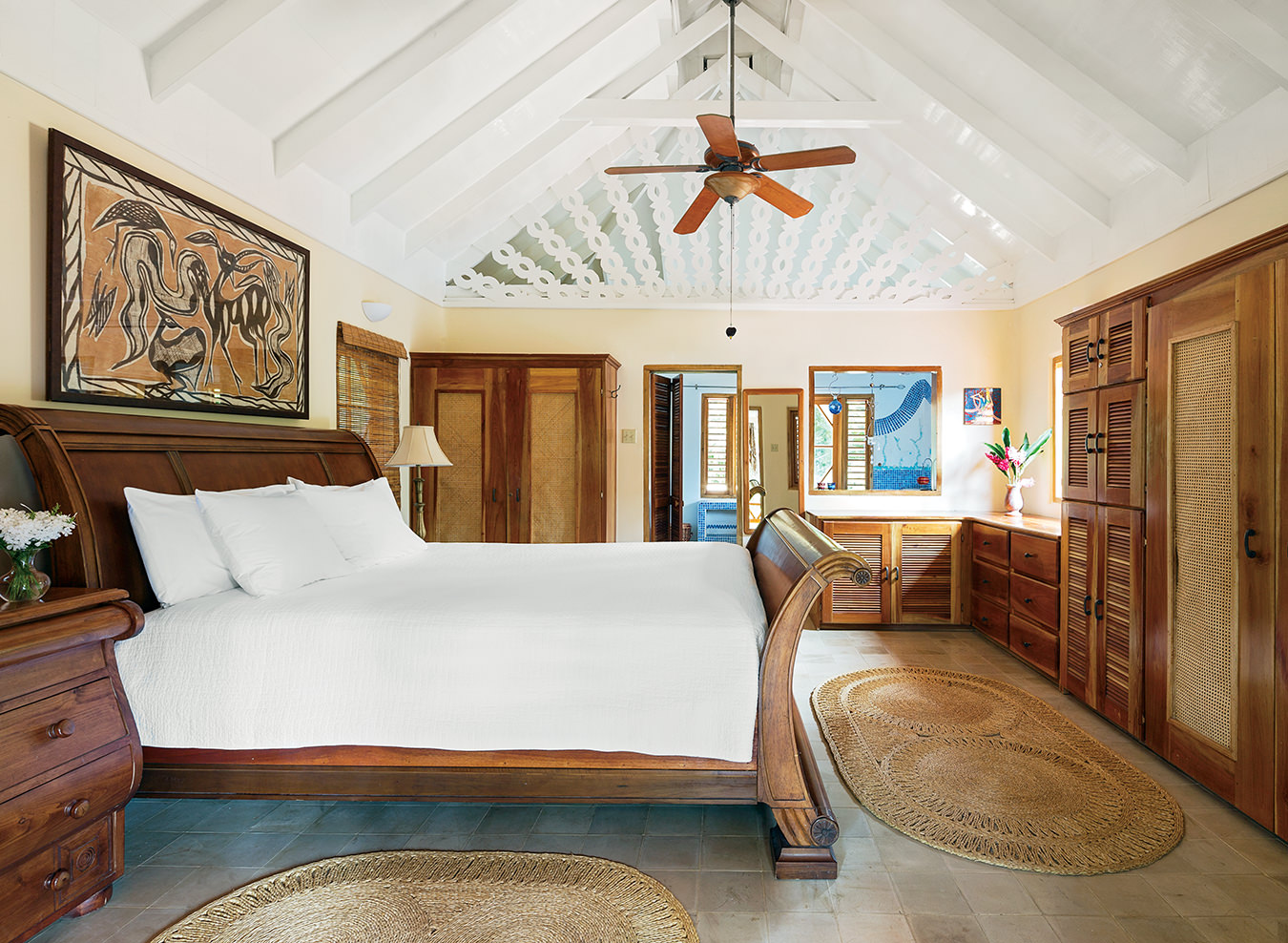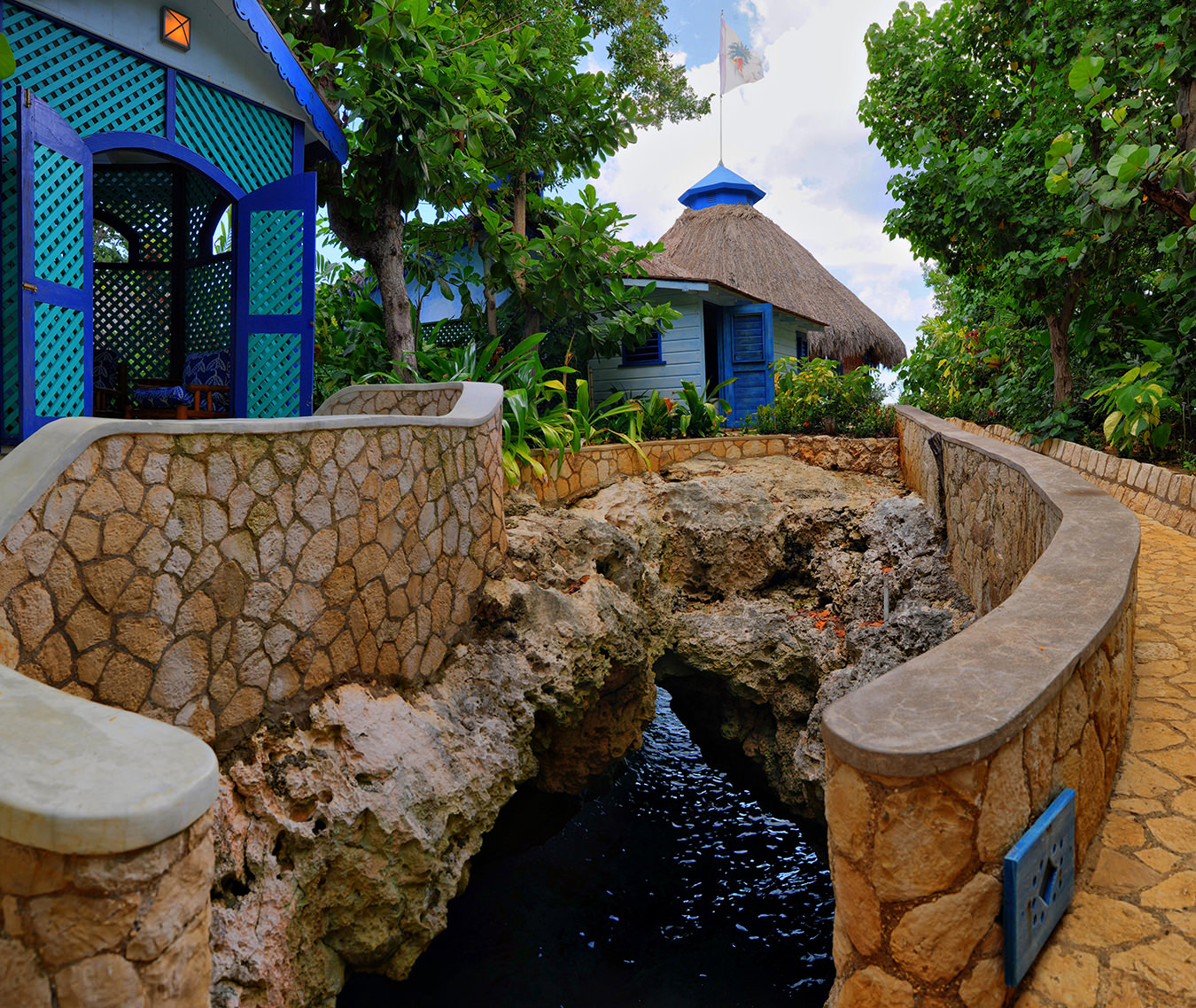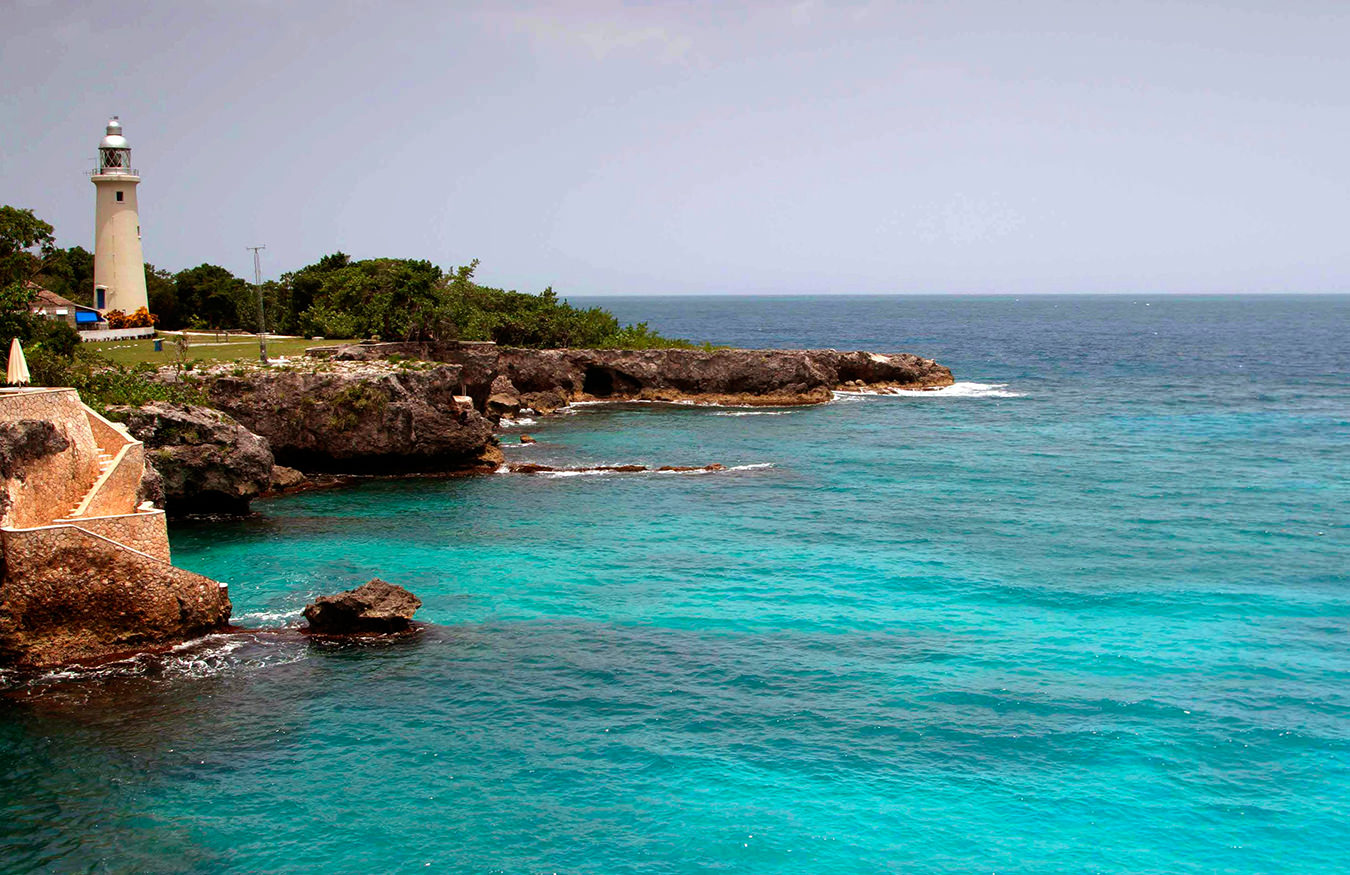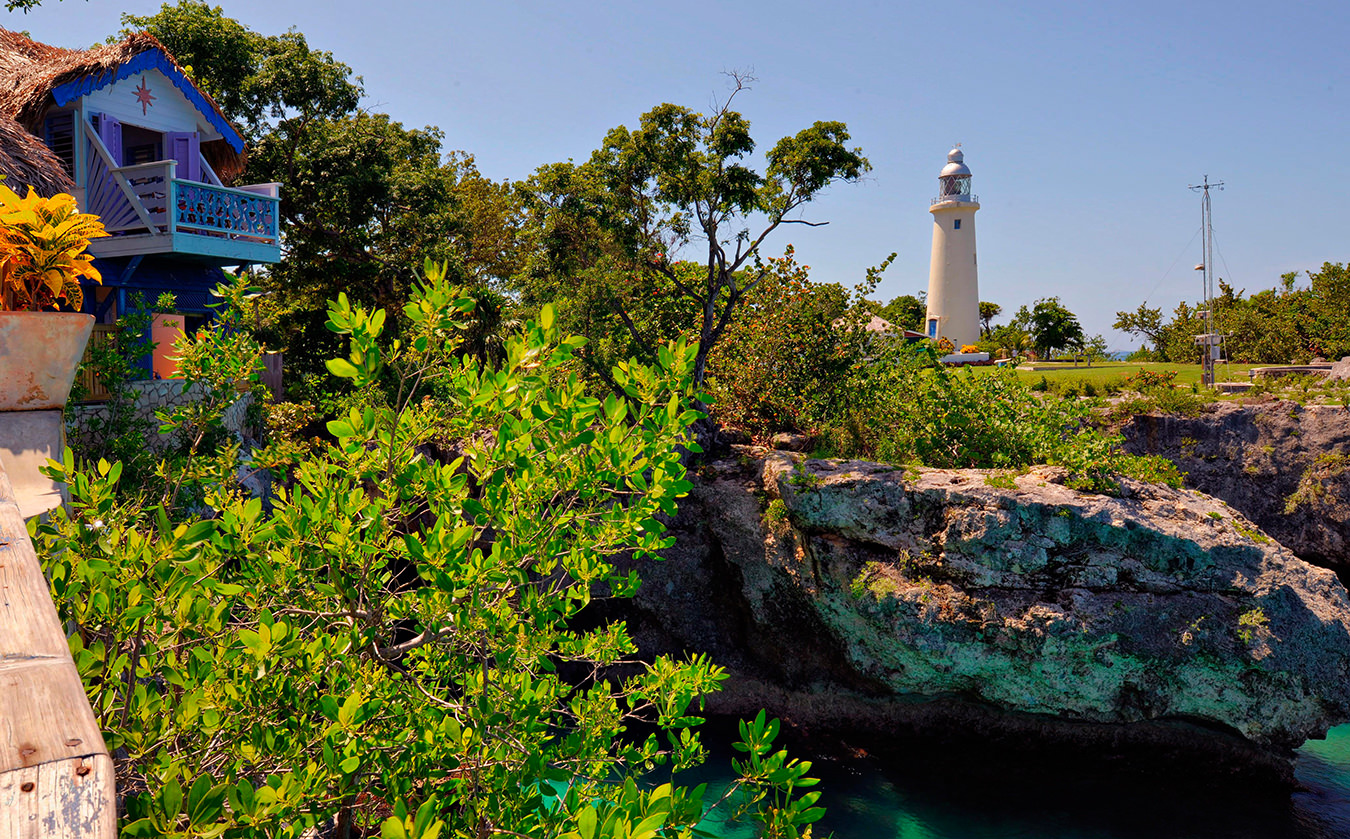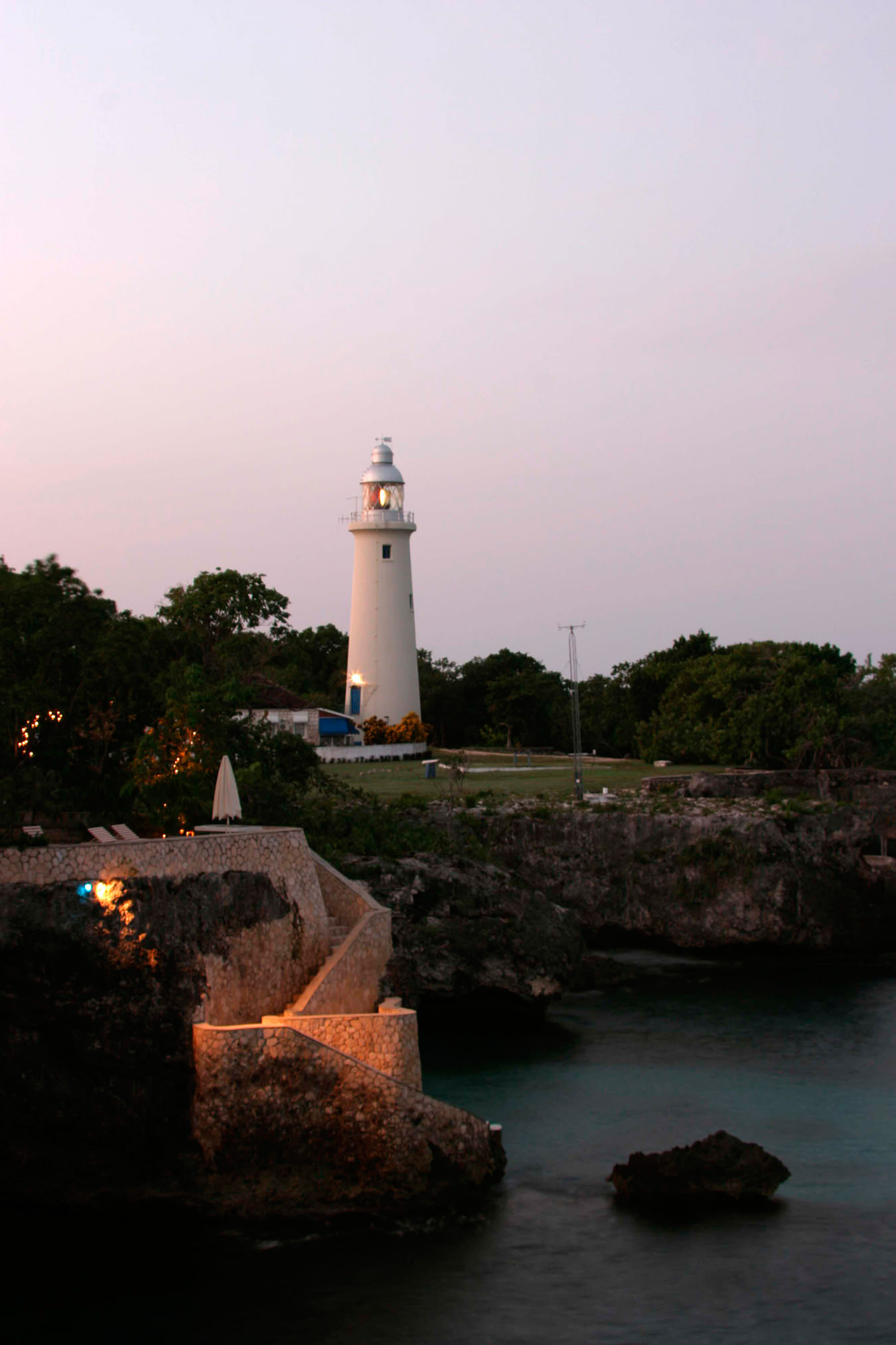Let’s imagine for a moment that it is 1972. In celebratory style, the year begins on a Saturday, and the musical landscape is loud with waves of rock and disco. The Who and Pink Floyd bellow from radios, Bruce Springsteen and Neil Diamond spin on turntables. The genre known as reggae is still largely a secret to ears outside the Caribbean, but a movement has been brewing, with one man about to turn the world onto the reggae beat: Nesta Robert Marley, born in Nine Miles, Jamaica, in 1945. And then there’s another man who helped forge reggae’s trail around the world: London-born, Jamaica-raised music producer Chris Blackwell, who in 1972 signed the then largely unknown Bob Marley and the Wailers to his Island Records label, deftly altering the course of musical history.
“The bigger labels are supermarkets. I like to think of Island as a very classy delicatessen,” Blackwell once said of his label, which he named after both Alec Waugh’s novel Island in the Sun and Harry Belafonte’s eponymous calypso tune. Cat Stevens, U2, and Roxy Music were all Island artists, and Blackwell’s golden touch proved catalytic for their careers. He sold Island in 1989 to PolyGram and had a completely new venture in mind.
Hotels became the new Blackwell focus. In the early 1990s, he owned properties in Miami’s South Beach, and not long after began his pre-eminent Island Outpost collection, a network of luxe hotels and villas in Jamaica, all unique and infused with the island’s laid-back touch. In his Island Records days, Blackwell was known for his shrewd selection of talent and keeping the label at a manageable size; today, the 76-year-old applies these values to his Caribbean establishments.
There is GoldenEye, so named by its original owner Ian Fleming, who wrote many James Bond novels in its main house. There is Strawberry Hill, a 26-acre inland retreat located near Kingston, embedded in the Blue Mountains, almost 1,000 metres above sea level. And at the western tip of the island lies the Caves, a resort sequestered behind high rock fences with 10 acres of coastline. It’s an enticing location because of its history, its labyrinth of underground limestone caves and honeycomb-like cliffs, and the activity for which it’s best known: cliff jumping.
To reach the Caves, it’s an 80-minute coastal drive west from Montego Bay’s airport. I’m en route, and the midday sun is high when I see a roadside marker that reads “Negril: Capital of Casual”. Farther into town is a monolithic poster announcing the annual week-long Bob Marley birthday celebration, which is set under the stars every February. Passing the crescent of Seven Mile Beach, I take in the kaleidoscope of colours for which the nation is well known: the jungle greens and the azure blues of the landscape, and the houses that are stained lime green, cotton-candy pink, and canary yellow. Bright paintings on one cement fence immortalize the homeowners’ heroes from the past (Malcolm X, Martin Luther King Jr.) along with a current one (President Obama).
Negril has always been a fishing village, and today the freshest crab, mahi mahi, Caribbean spiny lobster, and barracuda are still pulled from the surrounding seas. During hurricanes and evening thunderstorms, fishermen keep watch for the pulsing flash of Negril’s lighthouse, and as I drive the island road toward it, turning right just a minute before, there lies the Caves.
Its conception dates back to when Blackwell purchased the property’s raw, undeveloped land and formed a partnership with another islander, Bertram Saulter, and Saulter’s interior designer wife, Greer-Ann. “When Saulter started the project, it was instinctual—he just built into and on top of the cliffs,” says Karen Grey, the Caves’ guest services manager. “The blueprints came after.” Their final vision didn’t compromise on comfort, and in 1997, the Caves by Island Outpost opened. Today, the 12 private cottage accommodations are all completely unique, with mosquito-netting-draped beds and sweet-smelling oil burners that are lit in the evenings.
The Caves entices with its labyrinth of underground limestone caves, and the activity for which it’s best known: cliff jumping.
The pull of music seems to constantly draw me outside to my bungalow’s breezy, oceanview deck. The evening jives with the Afro-Caribbean sounds of mento, played by the six-piece Sunshine Mento Band in the open-air dining room. Bandleader Neville Merchant leads his ensemble in percussion-heavy narrative tunes that transport guests to the 1940s and the ’50s. In the background the surf hums against the cliffs; rare are the moments that Jamaica is without a beat.
A swimmable distance away from the Caves is the famed Rick’s Cafe, purported to be one of the world’s top beachside bars to watch the sunset. I choose to spend a sunset far from the bar stools and am instead perched on the edge of one of the Caves’ plummeting cliffs. With my senses heightened in trepidation, I muster the courage for a six-metre free-fall, motivated only by the descending sun and imminent darkness. The Caves’ tallest 10-metre drop is a popular honeymoon and wedding jump off point; it’s not uncommon to see husbands and wives take the plunge on their wedding nights, in an apt metaphor for marriage.
One of the less-daring watersports at the resort is snorkelling. Local guide Paul Grant dives deep to stir up bottom-dwelling stingrays and pufferfish before we deke away from the sunlight and into the dark caves, where bats flap overhead and the water turns to black below. The underwater world is quiet and serene, noticeably different from the pulses and beats of the music up above.
Another afternoon takes me on a drive off the property and into the humid hinterland, through neighbourhoods and past sugar-cane fields. I stop on the side of the road by one field to crush leaves that smell of fresh lime and dig up yellow turmeric roots. In the next countryside town—skirting places with names such as Little London, Grange Hill, and Sheffield, remnants from past centuries of British occupation—I take a pit stop to sample fresh Jamaican patties and young coconuts with their tops sliced off by machete, and served with a straw.
Many of these Jamaican flavours accompany the platters of jerk chicken and succulent seafood back at the Caves, as do fresh fruits and vegetables, bounty grown mainly at Pantrepant, Blackwell’s chemical-free 2,500-acre farm, which supplies all of the Island Outpost resorts. Blackwell also happens to be descended from one of Jamaica’s oldest rum-producing families, a lineage which dates back to the 1600s, and he also owns an enterprise called Blackwell Rum.
There are bottles of this spirit in every cottage, and predinner Dark ’n’ Stormy cocktails are made with it in the Blackwell Rum Bar, which is hidden in an underground cave that opens up to the ocean. If a bartender isn’t there to assist, guests are encouraged to self-serve. For special occasions, there are two dramatic cave restaurants available to book bedecked with tea lights flickering high and low in the natural crevasses, with a table swathed in red tablecloth. As salty waves lick the edges of the “dining room”, I dip lobster into garlic butter and sip wine as the caves suck in the water before smashing it out seaward—one more noise to add to Jamaica’s set list.
Indeed, as I’m settling in for the flight home from Montego Bay, a man beside me jostles down the cabin, negotiating room overhead for a large item to take off the island with him: it’s a sound system.
Photos provided by Island Outpost.

